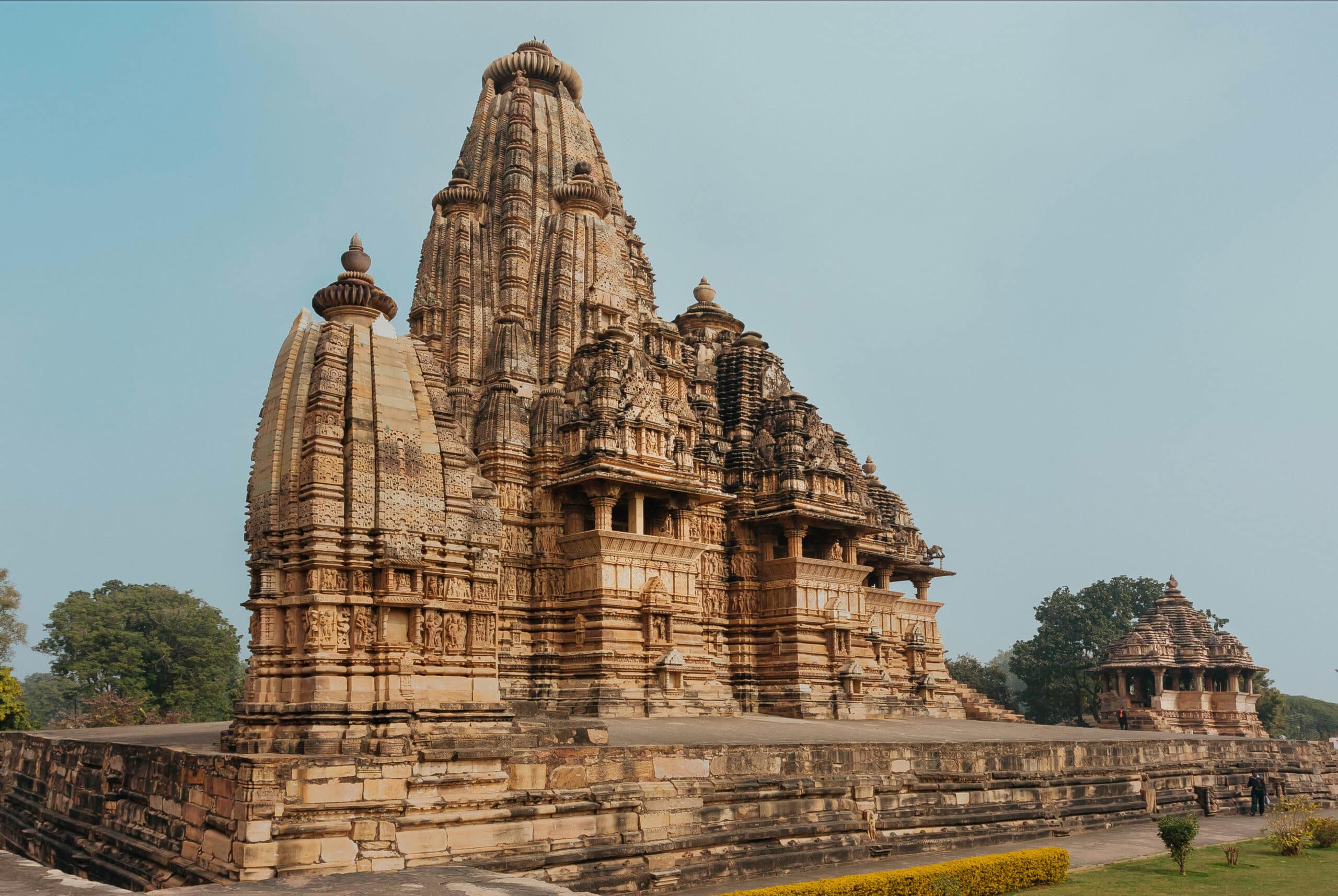Here’s what the Tripadi poetry form is:
The tripadi is a verse form from the Bangladesh region of India, dating back to roughly the 10th century.
The form is usually written in tercets, with either an 8-8-10 syllable structure or a less common 6-6-8 structure.
The first two lines of each tercet are expected to rhyme.
So if you want to learn all about the Tripadi poetry type, then you’ve come to the right place.
Let’s get right to it!

Forms of Poetry: The Tripadi

The tripadi is a short verse form hailing from the Bengali region of India, currently known as Bangladesh.
The form is considered to be one line broken up into three, even though it’s almost always written out as three.
This is a bit of an odd distinction, but one way to interpret this is to consider the poem “one complete thought broken into three lines.”
It’s worth recognizing that while the poem is written entirely in tercets (usually), it is not a predefined number of tercets.
The poem can go on for as long as the writer prefers. The form seems to have emerged sometime around the 10th century.
While a 1000-year-old poem form may sound impressive, it is important to remember that India features some of the oldest written poems on earth, including the Rigveda, a collection of poems from at least 3000 years ago.
There are very few regions on the planet with a longer and more prodigious connection to poetry than India.
Basic Properties of Tripadi

| Rhyme Structure | Strict |
| Meter | Syllabic |
| Origin | 10th-century Eastern India |
| Popularity | Rarely seen in Western countries |
| Theme | Varies |
How Is a Tripadi Structured?

Since a tripadi can be written as either a single line or three lines, I will be referring to each line as a “section” of the stanza instead of a line.
Just keep in mind that, despite the conceptualization, the tripadi is actually almost always written as tercets.
The syllable counts per section tend to be 8-8-10, though examples exist that use a 6-6-8 structure instead.
This gives the last section of each verse a little more space and thus emphasis, but not enough so as to feel out of place in the greater poem.
There is a separate element that does differentiate that third section quite a bit though, and that’s the rhyme scheme.
The first and second sections always rhyme while the third section does not rhyme, not even with the next verse.
This gives the poem an unusual scheme of aax bbx ccx, etc.
There is no preset theme for the tripadi poem form, but the extendable nature of the structure allows it to work well for anything from short clever thoughts to lengthy narrative poems.
It’s also a form that translates surprisingly well to English.
The 6-10 syllable range of the sections matches up well with the typical writing styles of English poets.
Example of a Tripadi

In haste we go to battle now,
knowing we will emerge somehow,
with both our honor and our humble homes.
For however great the hardship,
not a moment shall we let slip
our dedication to those we hold dear.
Let these vast unkind battles rage
but ‘tis we who will turn the page,
all refreshed, fiery pride in our eyes.
The above example is fairly simple, but it should give you some idea of how the form can be extended to suit anything from a snippet to a fully fleshed out narrative.
Unlike many other forms, where the topic is partially restricted by the natural shape of the form, the Tripaid is mercifully flexible in its execution.
Tips for Writing a Tripadi

One unique element of the tripadi is that it feels strangely familiar to anyone experienced with English poetry.
Lines with eight and ten syllables are already the most popular lines utilized in Western poetry, so seeing them in a new form is almost nostalgic in a way.
The lack of meter (at least in the English sense of the word) makes the form feel deceptively similar to rhymed free verse.
This should allow you a comfortable amount of room to work on the rhymes, especially since you can use the third line to contextualize the lines above it and set up a turn into the next verse.
As for extending the poem, my advice would be not to go into the form with any predetermined length in mind.
Write the first verse as you normally would, letting it lead you wherever it does, then decide based on that whether you need a next verse or not.
Are there feelings or thoughts you still need to touch on?
The tripadi is structurally quite simple but that also gives you the room to add whatever complexities you want to add to it safely.
This is a great place to flex with techniques like alliteration, anaphora, metaphor, imagery, personification, etc.

One tremendous advantage to poems that have less stringent requirements is that they leave you with some room to grow as a poet and spread your wings across the page.
A basic tripadi with no special flourishes is fairly simple to write, but what can you turn your tripadi into that’s unique to you?
Ambition aside, this is also a nice form to just tinker with on a rainy day.
Poets get bored too, after all. Do keep in mind that the last section of each stanza needs to be especially strong.
It needs to have enough impact, either through imagery or through emotionally charged keywords, to stand strong on its own since it will be expected to defy the rhyme scheme leading up to it.
Assonance, consonance, and internal rhyme can be excellent ways to enhance this last segment.
Alternatively, you do have the option of tying it into the scheme in your own way.
Perhaps you’ll have the end of each verse in your own tripadi rhyme?
This wouldn’t be entirely true to form, but it also wouldn’t be the first time that an old form gave rise to a new variant.
Poet’s Note

I’m a little surprised that this form doesn’t appear more internationally, since it’s remarkably accessible.
I usually find that accessibility is the defining trait of popular forms, but I suppose that doesn’t necessarily hold true in every circumstance.
Perhaps the Tripadi has the potential to be widespread, but right now it just seems to be one more interesting form that might come up in conversation every now and then among scholars.
Comprehensive Collection of Poetry Forms: Craft Words Into Art

Dare to traverse the entire spectrum of poetic forms, from the commonplace to the extraordinary?
Venture from the quintessential Sonnet to the elusive Mistress Bradstreet stanza, right through to the daunting complexity of Cro Cumaisc Etir Casbairdni Ocus Lethrannaigecht.
For those with a zeal to encounter the full breadth of poetry’s forms, this invitation is yours.
Start exploring the vast universe of poetic ingenuity with our comprehensive array of poetry forms right now!
